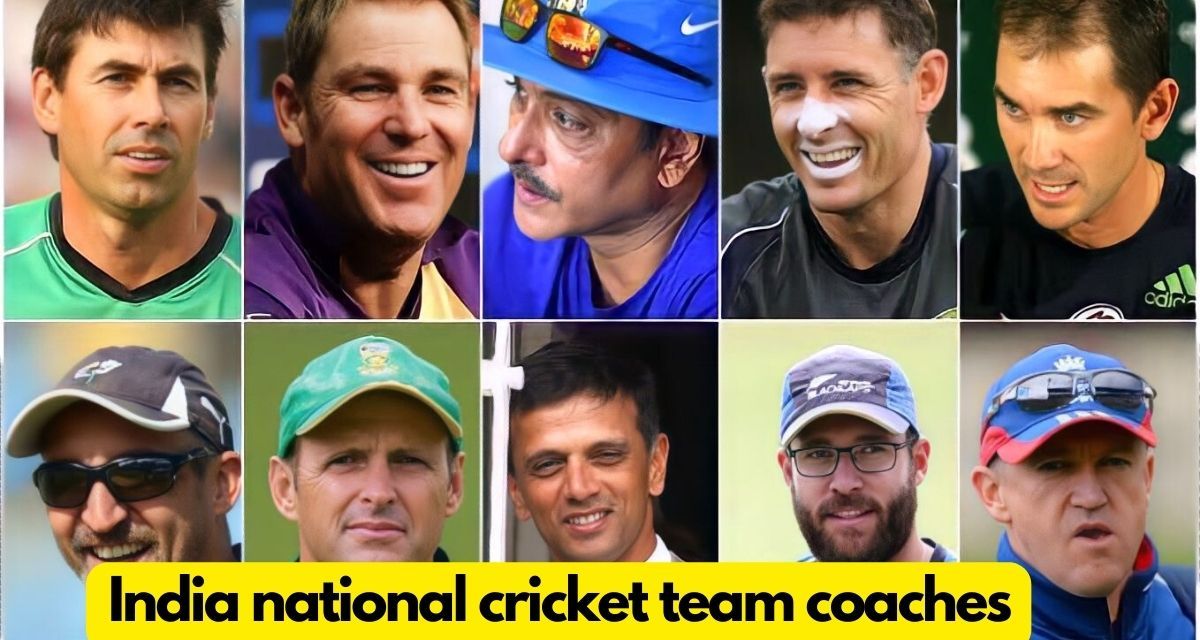Cricket, a popular sport played worldwide, involves various fielding positions strategically placed to maximize defensive and offensive strategies.
One such position is extra cover, which plays a pivotal role in covering the gap between fielders. This article aims to provide an informative analysis of the role and importance of extra cover in cricket.
By examining its defensive and offensive strategies and exploring how it affects the game, we can gain a comprehensive understanding of this crucial position’s impact on the sport.
- Extra Cover is a fielding position located between point and mid-off in cricket.
- The role of Extra Cover is to cover the area between point and mid-off and stop shots hit through that region.
- Quick reflexes, anticipation skills, and diving or sliding abilities are required for Extra Cover fielding.
- Extra Cover plays a crucial role in both defensive and offensive strategies, plugging potential gaps in the field, preventing runs, and creating pressure on the batsman.
The Role and Position of Extra Cover in Cricket
The role and position of extra cover in cricket is an important aspect of fielding strategy. Extra cover is a fielding position located on the off side, between the point and mid-off positions.
The primary responsibility of the extra cover fielder is to provide support to the bowler by covering the area between point and mid-off, which includes stopping shots hit through that region.
To effectively fulfill their role, extra cover fielders need to possess certain fielding techniques. Firstly, they must have quick reflexes and good anticipation skills to react swiftly to shots played in their direction.
They should also be proficient at diving or sliding to stop boundary-bound shots or cut off runs. Additionally, having a strong throwing arm is advantageous for making accurate throws back towards the stumps or other fielders.
In terms of responsibilities, the extra cover fielder needs to communicate effectively with teammates in order to coordinate movements and prevent any gaps in the field.
They should be aware of the game situation and adjust their positioning accordingly. This includes being ready for catches that may come their way from edges or lofted shots.
The defensive and offensive strategies utilizing extra cover involve both situational awareness and strategic planning by captains and coaches.
Transitioning into these strategies, it becomes crucial for teams to consider alternative placements for this position based on factors such as pitch conditions, opposition batting line-up strengths, or match situations without compromising overall team balance.
Defensive and Offensive Strategies Utilizing Extra Cover
One strategic approach employed in the sport involves utilizing a fielding position positioned between the mid-off and point positions. This position, known as extra cover, plays a crucial role in both defensive tactics and attacking maneuvers in cricket.
Defensively, extra cover serves as a key component of a team’s fielding strategy. Positioned to cover the gap between the mid-off and point fielders, extra cover aims to prevent runs by quickly intercepting shots played through that area.
By having an additional fielder in this region, teams can effectively plug potential gaps and create pressure on the batsman. This defensive tactic forces the batsman to take more risks when attempting to score runs.
On the other hand, extra cover also plays a vital role in attacking maneuvers. With its strategic positioning, it allows for aggressive shot-making opportunities.
Batsmen can target this region by playing shots over mid-off or through point, aiming to find vacant spaces where they can score boundaries or run quick singles.
The importance of extra cover in covering the gap between fielders lies in its ability to provide additional coverage and restrict scoring opportunities for batsmen.
By occupying this position with skilled fielders who possess good reflexes and agility, teams can effectively limit their opponents’ scoring options while maintaining pressure during defensive scenarios or exploiting gaps during offensive situations.
Importance of Extra Cover in Covering the Gap between Fielders
Positioned strategically between the mid-off and point fielders, the fielding position known as extra cover plays a crucial role in plugging potential gaps and restricting scoring opportunities for batsmen. This position requires specific fielding techniques to effectively support the team’s defensive efforts.
Here are five important aspects of fielding at extra cover:
- Anticipation: Fielders at extra cover must have a keen sense of anticipation to react quickly to shots played in their direction. They need to be ready to move swiftly towards the ball and make accurate throws if necessary.
- Footwork: Good footwork is essential for fielders at extra cover. They should maintain an athletic stance, being light on their feet, allowing them to quickly change directions and adjust their positioning based on the trajectory of the ball.
- Agility: Extra cover fielders need agility to dive or lunge towards balls hit within their reach. This can prevent crucial runs from being scored and create additional pressure on batsmen.
- Communication: Effective communication is vital between the wicketkeeper, bowler, and other fielders. In situations where multiple players can potentially go for a catch or stop a boundary, clear communication ensures that no confusion arises.
- Coordination: Fielders at extra cover need to coordinate with nearby teammates, such as mid-off or point, while making decisions about who will take responsibility for catching or stopping certain shots.
Understanding these key elements of playing at extra cover highlights its importance in both defensive and offensive strategies within the game of cricket.
How Extra Cover Affects the Game of Cricket
Strategically positioned between two other fielders, the role of extra cover significantly influences the dynamics and outcomes of a cricket match.
As part of the fielding tactics, the placement of an extra cover fielder can have a substantial impact on how teams approach their batting strategies.
Extra cover acts as a deterrent for batsmen looking to play attacking shots through the off-side, especially towards mid-off or point. By covering this gap, it restricts scoring opportunities and forces batsmen to think twice before attempting such shots.
Furthermore, extra cover also plays a crucial role as a catching position. Positioned relatively close to the batsman on the off-side, it offers ample opportunities for catches when batsmen try to drive or cut deliveries.
The proximity to the bat increases the chances of fielders taking catches in this region, making extra cover an effective catching position.
The effectiveness of extra cover as a catching position is further enhanced by its strategic positioning between two other fielders – usually mid-off and point.
This enables coordinated movement and communication between these three players, increasing their ability to take catches successfully.
Extra Cover: Wrapping Up the Infield Insights
In conclusion, extra cover in cricket plays a pivotal role in both defensive and offensive strategies. Its position on the field helps to cover the gap between fielders, preventing runs from being scored and increasing the chances of taking catches.
The importance of extra cover cannot be underestimated as it affects the game by creating pressure on batsmen and providing support to bowlers. With its strategic placement and impact on gameplay, extra cover truly enhances the dynamics of cricket.
Frequently Asked Questions
What are the other fielding positions in cricket besides extra cover?
In addition to extra cover, cricket has several other fielding positions that play crucial roles in the game. These positions include deep backward square leg, long-on, fine leg, midwicket, and third man. Each position contributes strategically to the overall fielding strategy of the team.
How does the role of extra cover change in different formats of the game, such as Test cricket and T20 cricket?
The role of extra cover in limited overs cricket varies due to the impact of fielding restrictions. In T20 cricket, where fielding restrictions are more stringent, extra cover is often positioned closer to the batsman to prevent easy singles and boundaries. In contrast, in Test cricket with no fielding restrictions, extra cover is usually positioned slightly deeper to protect against well-timed shots.
Can a bowler bowl a wide ball to extra cover?
The bowler cannot bowl a wide ball to extra cover as it is not a permissible delivery. The extra cover fielding position varies in different formats of cricket, providing strategic advantages and considerations for both the bowling and batting teams.
How does the fielding captain decide who will field at extra cover?
The fielding captain's decision on who will field at extra cover in cricket is determined by various factors. These include the player's fielding skills, agility, experience, and their ability to anticipate and react quickly to potential scoring opportunities.
Are there any specific fielding techniques or skills required to excel at the position of extra cover in cricket?
Essential skills for effective fielding at extra cover include quick reflexes, good anticipation, and strong throwing accuracy. Strategies for positioning and movement involve maintaining a balanced stance, being ready to react quickly, and adjusting position according to the batsman's shot selection.











